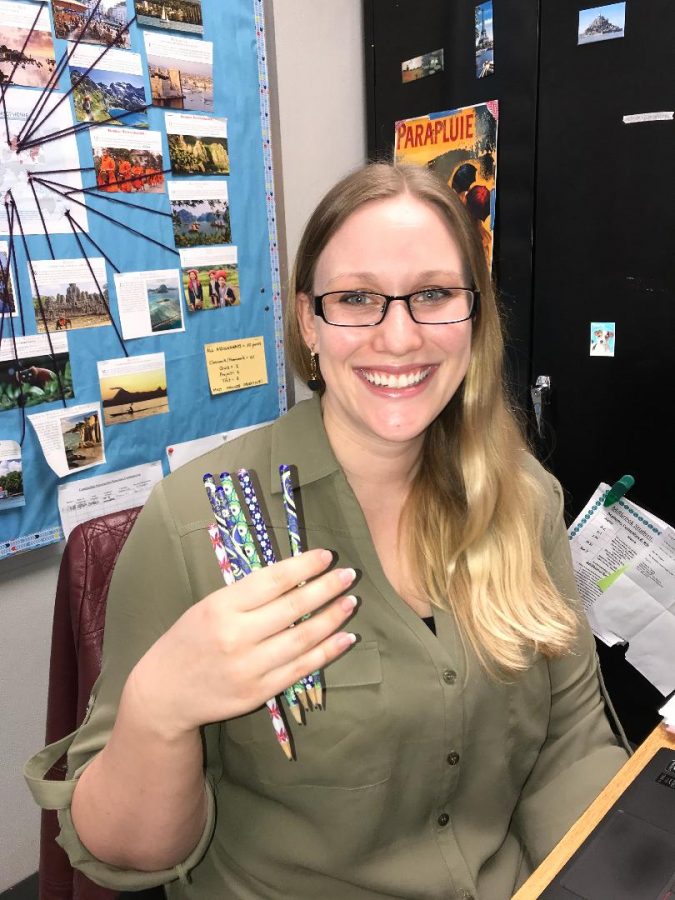Public schools lack sufficient education funding
Holding the pencils she bought for her students, Madame Durocher smiles, but she is screaming for more funding on the inside. Teachers nationwide are forced to buy supplies for their students out of their own pocket because there is not enough public school financing.
March 16, 2018
Last June, the Wake County School Board gave the county’s education less than half of the funding that was requested. The $45.2 million request was to be used to increase bus driver’s pay, hire more counselors and social workers, and offer new magnet school themes. But it was not received. The request for the increase came after last year’s $17.5 million shortfall, which resulted in cuts in instructional supplies and changes in school thermostat settings. Almost everyone at Millbrook realizes how much students and faculty are affected by the thermostat changes, especially in the pods.
Approximately 93 percent of public school funding in North Carolina comes from local and state governments, which means that funding for schools is dependent on residents’ property and income taxes. Public schools are also representative of the community that surrounds them. If the community is wealthy, the schools may be given funding for new technology that is beneficial to the students. In others, the equipment may be outdated, and funding may be limited. As a result, students may struggle to learn with the same amount of ease as more privileged communities.
Recent research from Kirabo Jackson and Claudia Persico of Northwestern University and Rucker Johnson of the University of California, Berkeley shows that more money spent per student results in the student receiving a better education. This study showed that, with increased funding, students were more likely to graduate high school, go to college, and make more money as adults.
Another result of the lack of funding is that many teachers are forced to buy supplies for their students out of their own pockets. Approximately 91 percent of teachers in America spend nearly $600 of their own money on these supplies for their students. In fact, two-thirds of all supplies bought for teachers’ classrooms are bought by the teacher themselves. Mrs. Abbott, an English teacher here at Millbrook said, “I often ask parents for donations, but many times I still have to buy supplies for my room such as Kleenex and pencils. I also have my own printer, so I pay for the toner on that, but that was my choice, as it makes everything much easier for me.”
There needs to be a huge increase in money being spent on education in this country. The research shows that students directly benefit from more funding. Not everyone can afford to go to private schools, which do not receive funding from state and local governments, but rather from the students’ families.












